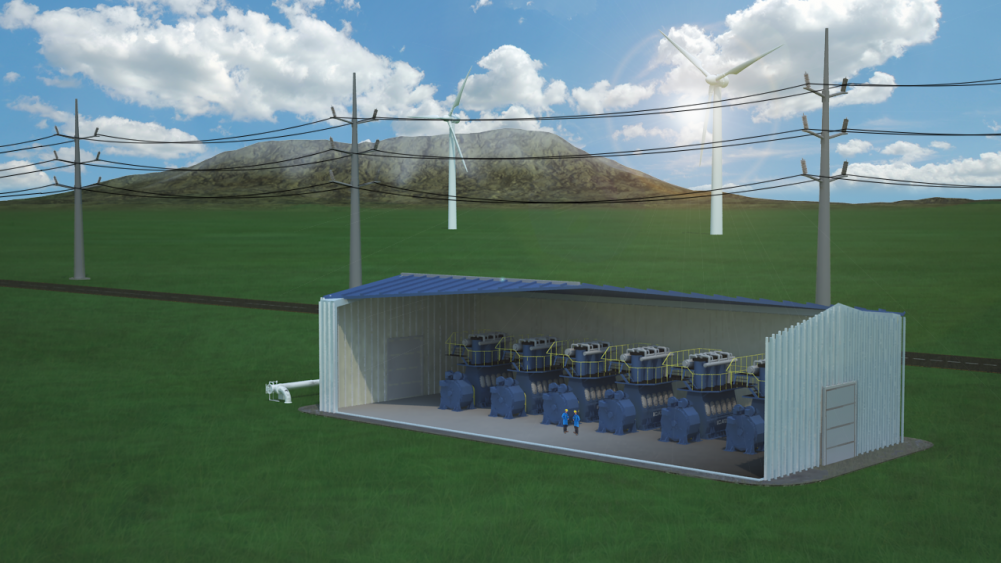The key purpose of building new energy storage technology is to create a method for absorbing and storing energy as it is created and then releasing energy at a future date when it is needed.
New storage systems will lead to new markets for both energy itself and its related services. New storage systems will need technology to regulate, manage, and distribute energy. An example is developing technology that will provide cost-effective thermal energy storage for solar thermal power plants.
Then there are the potential uses of stored energy, all of which have special technical needs and require controls. These include customer energy controls that will lead to savings on energy bills and controls at the utility that allows energy to be distributed more efficiently.
New energy storage and distribution will require system balancing, which refers to the timing with which energy control devices need to be responsive. At the same time, end-user and remote applications will be needed so that the end-user’s experience is properly managed.
In the US, with such a huge energy infrastructure, there are no services of these types that are defined across the entire industry. As the US moves to a new energy storage system, energy markets will be larger, more efficient, and increasingly liquid. Demand management programs will be developed, conventional generation will become more efficient and flexible, and renewable resources will be managed by smarter and smarter controls.
Last but not least, as new energy storage technology provides better generation and load in meeting demand, and as renewable resources penetrate the market more and more, carbon emissions will go down as high-carbon production from coal plants is either better managed, such as use during lower-demand periods, or displaced by clean resources altogether.
The following video shows Canada’s First Utility-Scale Energy Storage System that integrated a 1-MW sodium-sulfur battery bank into the power grid.






